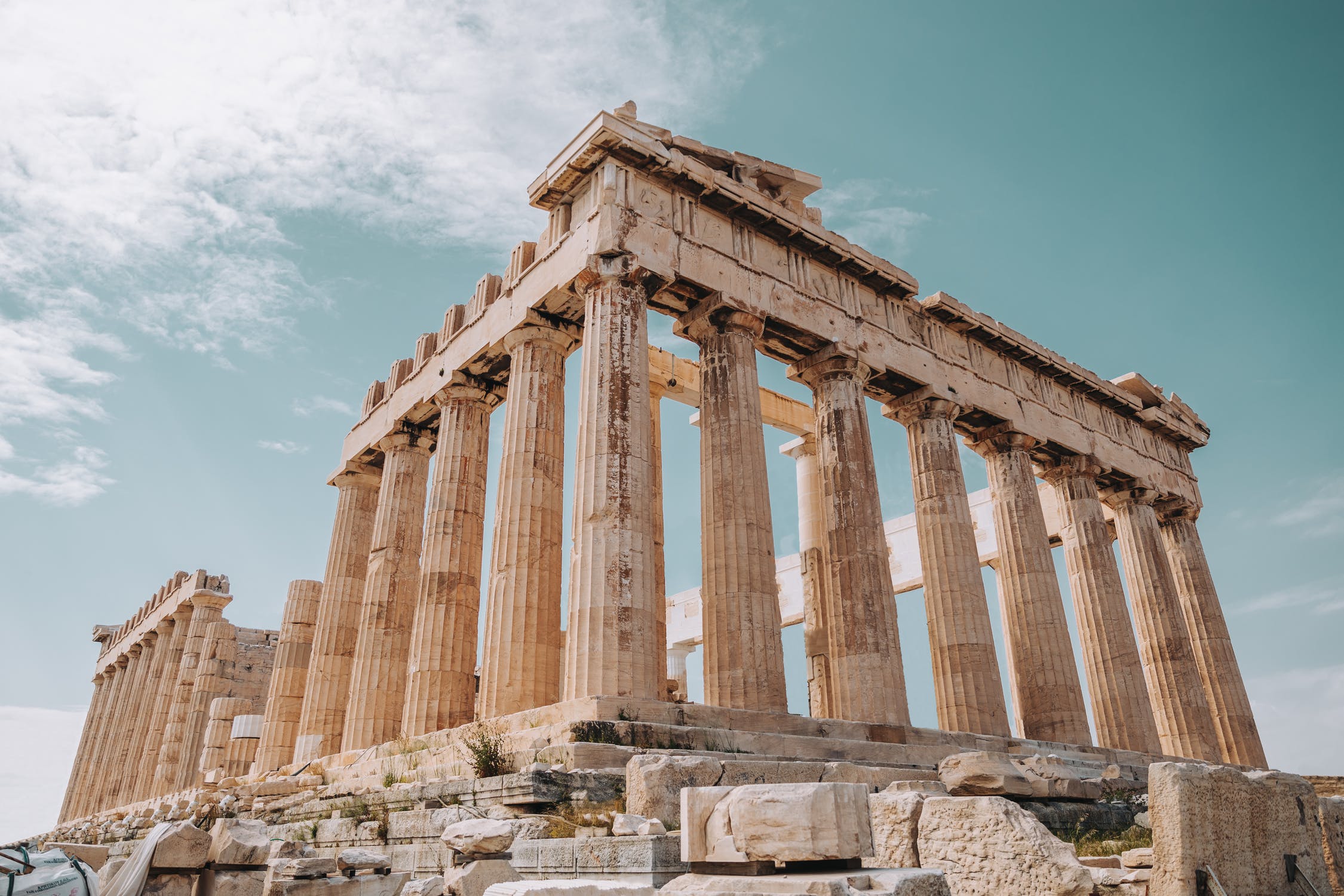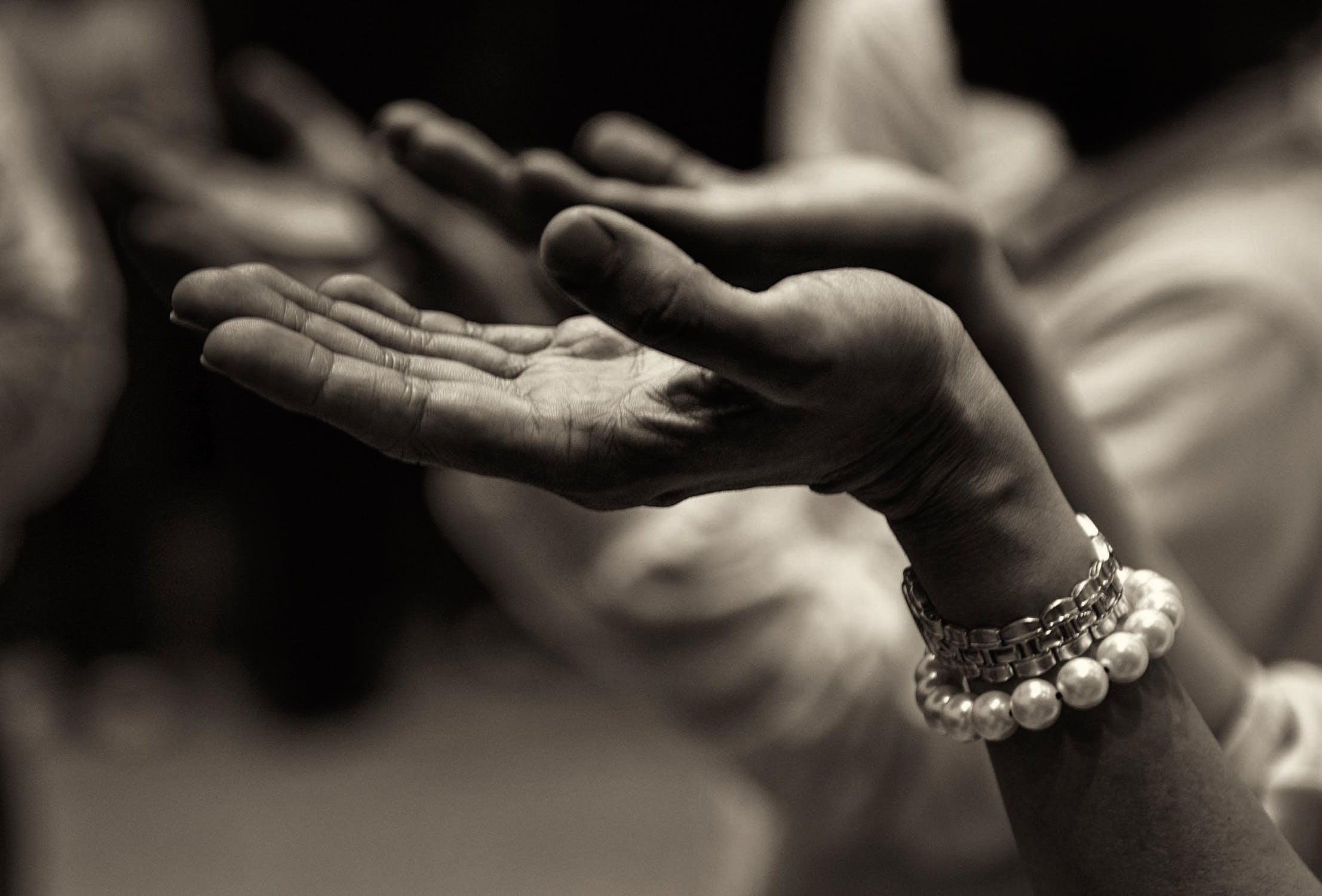Our world contains the strangest things and places that somehow leave people breathless with how well preserved and simply passing the test of time. Stonehenge, Pyramid of Giza, and Moai are some of the few places that piqued the majority’s interest, and for a good reason. Unraveling strange places like this always helps us see more of the past and what could’ve been their life; that’s why it’s not surprising to see that many people like to read through articles relating to those. But did you know there is another protected ancient site that contains a fascinating history? Teotihuacán, an Aztec name meaning “Place of the Gods,” is a standing pyramid in Central Mexico. Researchers said that it was the largest and most influential city in New World history. It rose during Mesoamerica’s Golden Age; researchers found out the significant influence of the civilization on subsequent Mesoamerican cultures with their architecture, art, and religion alone.
Also, you can read the amazing discoveries and facts about the Sumerian Civilization here.
Teotihuacán History Overview
Primarily, researchers said that the Teotihuacan city and civilization were built around 150 BCE and 200 CE. It quickly flourished during that time mainly because of the abundant supply of natural water around the place. Researchers found that when Teotihuacan peaked around the 4th century, the population boomed to 200,000 high. Control of valuable obsidian played a considerable role in terms of the flourishing of the civilization. They primarily used obsidian for trade since it’s a vital ingredient in making spears and dart heads. But aside from obsidian, other essential materials such as cotton, salt, and cacao became a staple to their trade with other existing civilizations back then.
With their abundant supply of natural water, the people cultivated crops properly, which adds to their flourishing civilization. But one key point that piqued the researcher’s interests? The evidence of textile and crafts production. It was scattered all over the remains of the ancient city, and it was a sight to behold. Learning that old civilization such as Teotihuacan was able to produce textiles, and other crafts caught the attention of researchers.
Teotihucans Conquering
The city was able to expand at the more significant highlands of Mexico during 375 CE and 500 CE. This expansion proved their military’s significant threat; they also tried to depict their stronghold through murals. The depiction of the warriors seemed to be using dart throwers and shields as their main arsenal; they then wear costumes and headdresses adorned with feathers.
Teotihuacan Surprising Downfall
With the Teotihuacan dominating the large area of Mexico during their time, it was shocking to see that during 600 CE, a fire destroyed most of their significant structures. Artworks and religious sculptures were destroyed to pieces, leaving nothing but fragments. Though a huge part of the city remained populated, it got inhabited during 700 A.D. Residents started to flee from the once a promised land due to drought, famine, and occasional warfare. With the city left wholly abandoned, the Aztecs stood in awe when they started visiting the place centuries later. The massiveness of the old civilization can depict how big and dominant they once were. Unfortunately, once you’re at your peak, there’s nowhere to go but down.
Teotihuacan Religion
Surprisingly, Teotihuacan people worshipped a female deity; a Spider Goddess can be seen in murals and sculptures around their ancient structures. But other deities such as Quetzalcoatl and Xipe Totec are also represented by Teotihuacan’s on their sculptures, tagging them as Polytheists or people who worship multiple Gods or deities. Amazingly, they also positioned their pyramids aligned to the sun during the June solstice. Researchers also found out that calendar dates play a vital role in rituals; sacrificing is also meant to be a necessity to please various gods they worshiped. The cultural and religious dominance of Teotihuacan spread to neighboring civilizations as well, as archaeologists found similar inscriptions 700 miles from the central city.
Teotihuacan World Heritage Site
UNESCO tagged this ancient city as a World Heritage site to properly preserve the old structures and remains of a once flourishing city. With the hopes of unraveling other mysteries that cover ancient civilization, if you ever plan to visit any preserved site, do make it a point to do your fair share of protecting the objects and structures.
You can also check out the amazing discoveries and facts about the Persian Civilization here.



